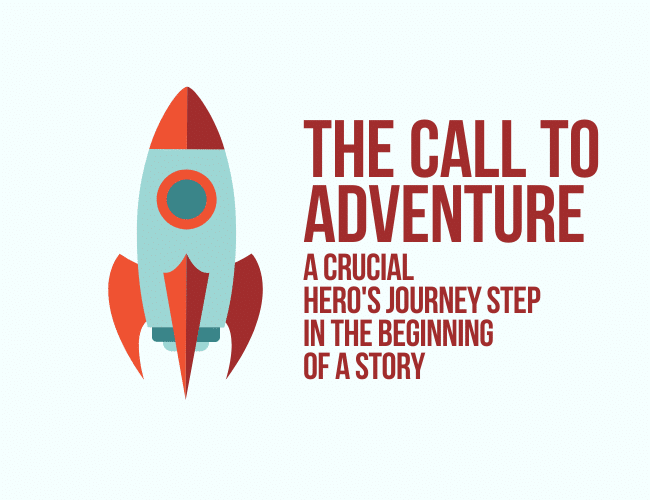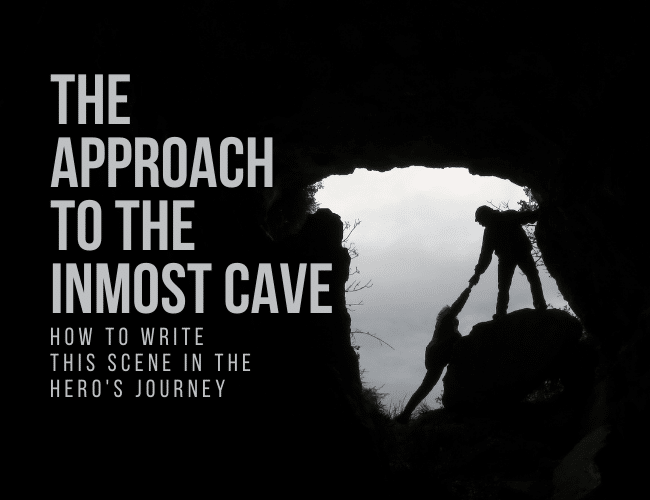
by David Safford |
Writing your story’s climax isn’t easy. And even when you outline it properly, including a great villain and a high-stakes task, putting it all into words can be quite a challenge. Perhaps the most challenging part of it, though, isn’t getting the words down. It’s getting the right words down.

by David Safford |
If you’ve ever written a book, you know that writing the middle of your story is tough. There’s a reason the saying “muddle through the middle” is common language in a writer’s conversation. Your protagonist must face Hero’s Journey Trials and make Allies and Enemies in these moments. How can you do this?
By studying The Hero’s Journey, an age-old story structure theorized by Joseph Campbell. When you master the Hero’s Journey’s twelve steps, constructing the middle of your story—by focusing on tests and Trials—gets easier.
In this article, you’ll learn writing strategies to help you raise the stakes and successfully develop one of twelve important steps in the Hero’s Journey—and the longest one at that.
Here’s what to do.

by David Safford |
In order for your hero to embark on an epic journey, they must first cross a threshold and leave their ordinary world. In fact, the fifth stage of the Hero’s Journey is Crossing the Threshold. Here’s how to master this pivotal scene.

by David Safford |
Great stories are filled with great characters. One of the most common characters in any story is the Mentor, an essential character if you’re writing a Hero’s Journey story. In fact, the fourth step of the Hero’s Journey is Meeting the Mentor. Who is your hero’s mentor, and how do they challenge them?
As you may know, the Hero’s Journey is an archetypal story theorized by Joseph Campbell in his book The Hero With a Thousand Faces. And in practically every heroic story, there is a character that helps the hero rise from nobody to a somebody.
Getting that character right can be the difference between writing a story that readers love and one they put down and forget.

by David Safford |
You’ve established your story’s Ordinary World. What’s next? It’s time for your hero’s Call to Adventure — a call they must refuse.

by David Safford |
Every great heroic story has that moment. It’s the deep breath before the plunge. The calm before the storm. The quiet before the calamity. In the Hero’s Journey, it’s the Approach before the Ordeal.
It’s an essential moment you need to plan for and build around as you draft your story. And to do it right, you’re going to need to figure out three key elements.





